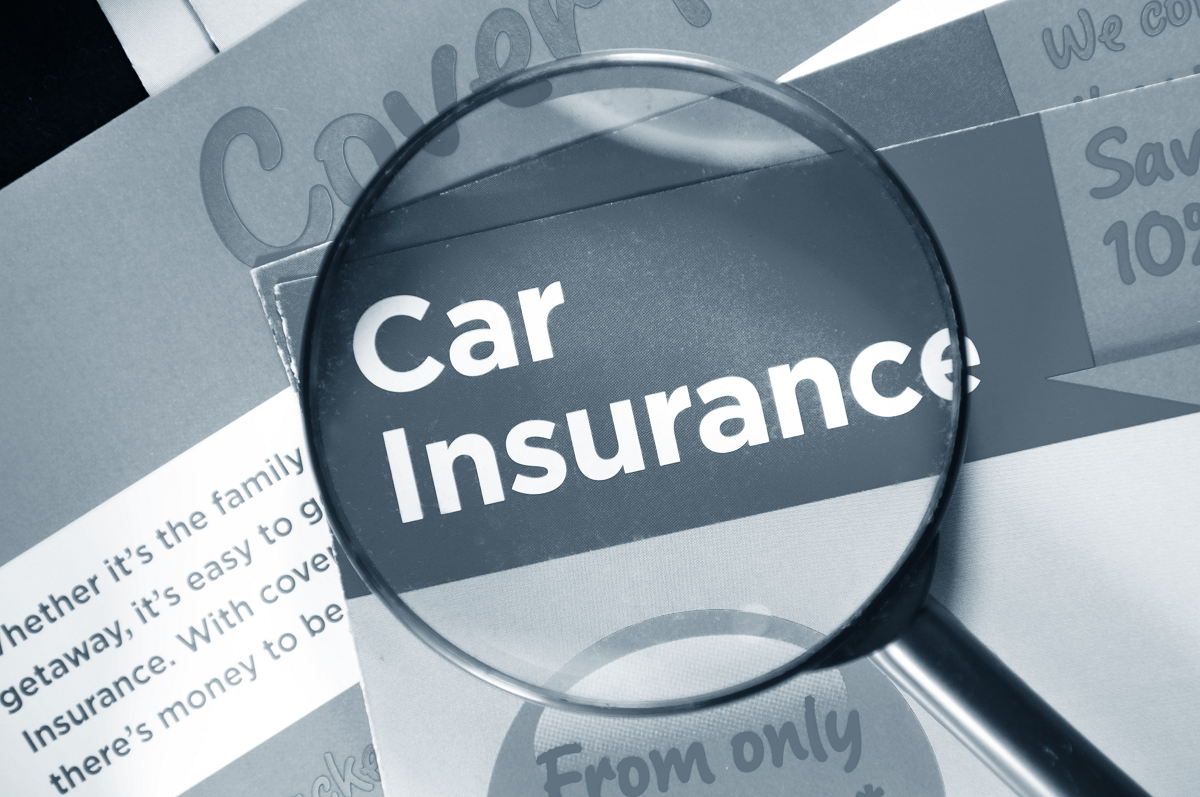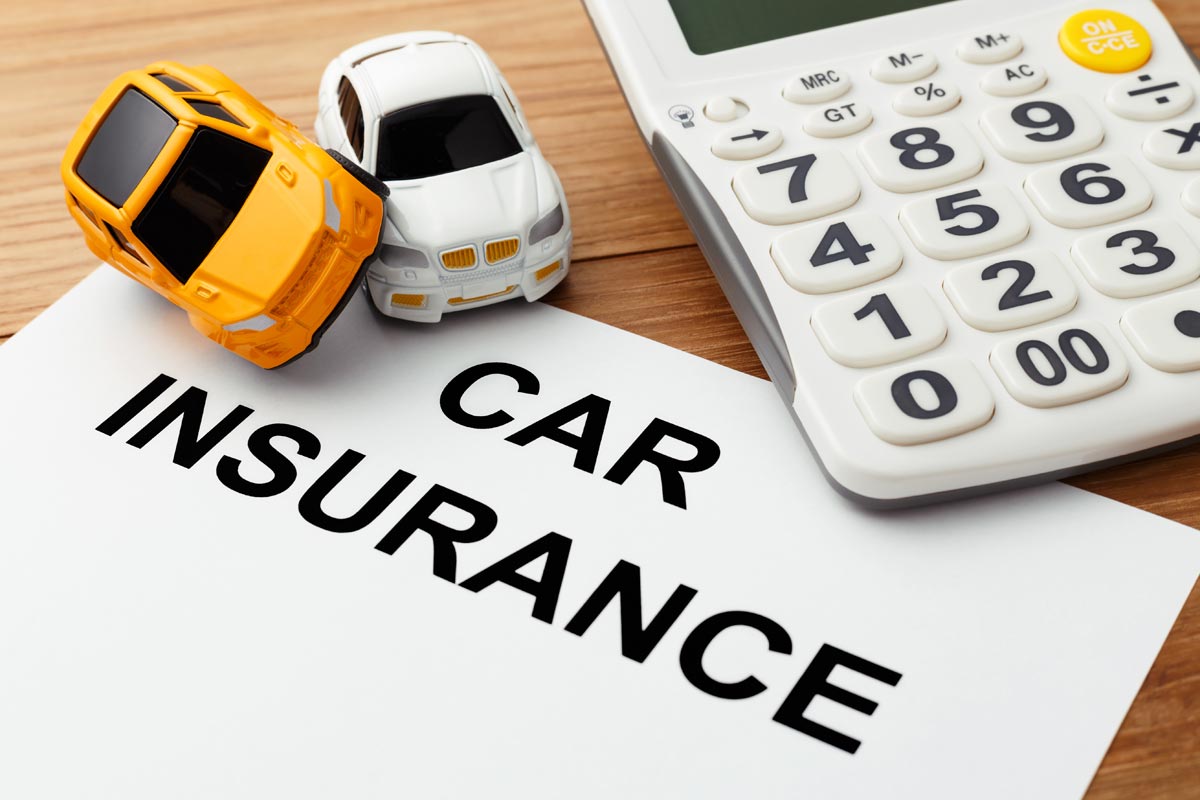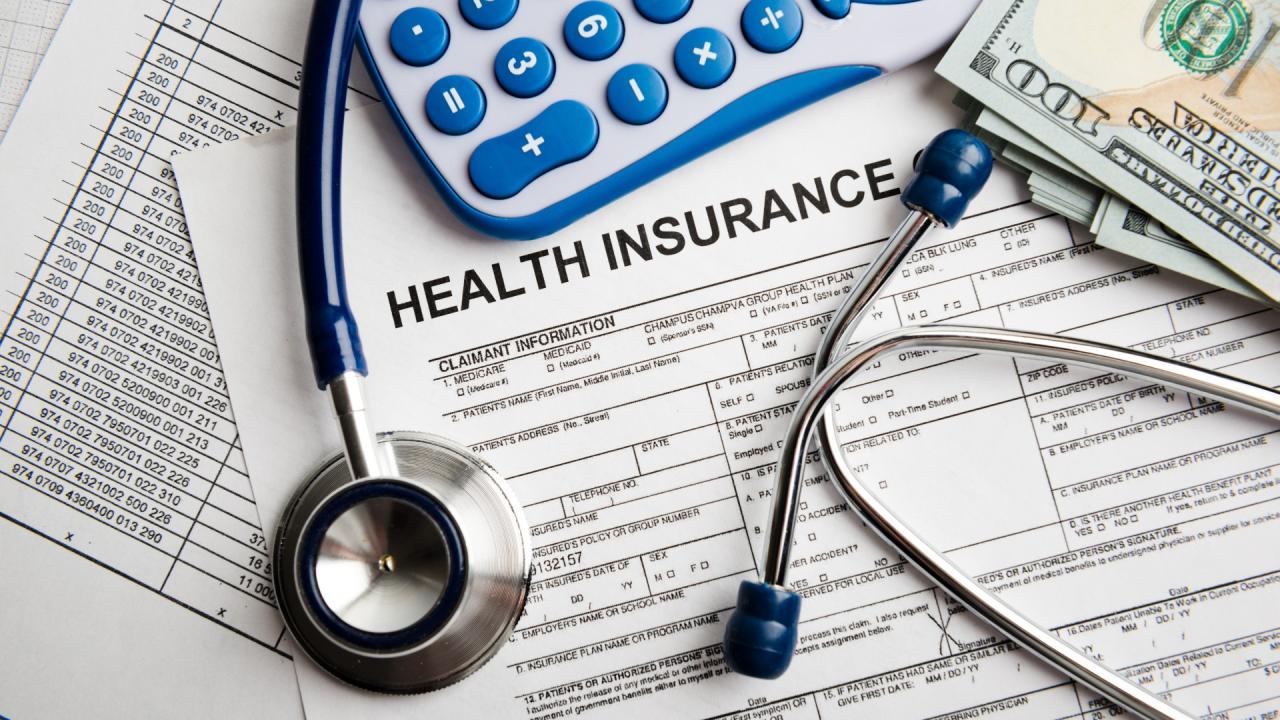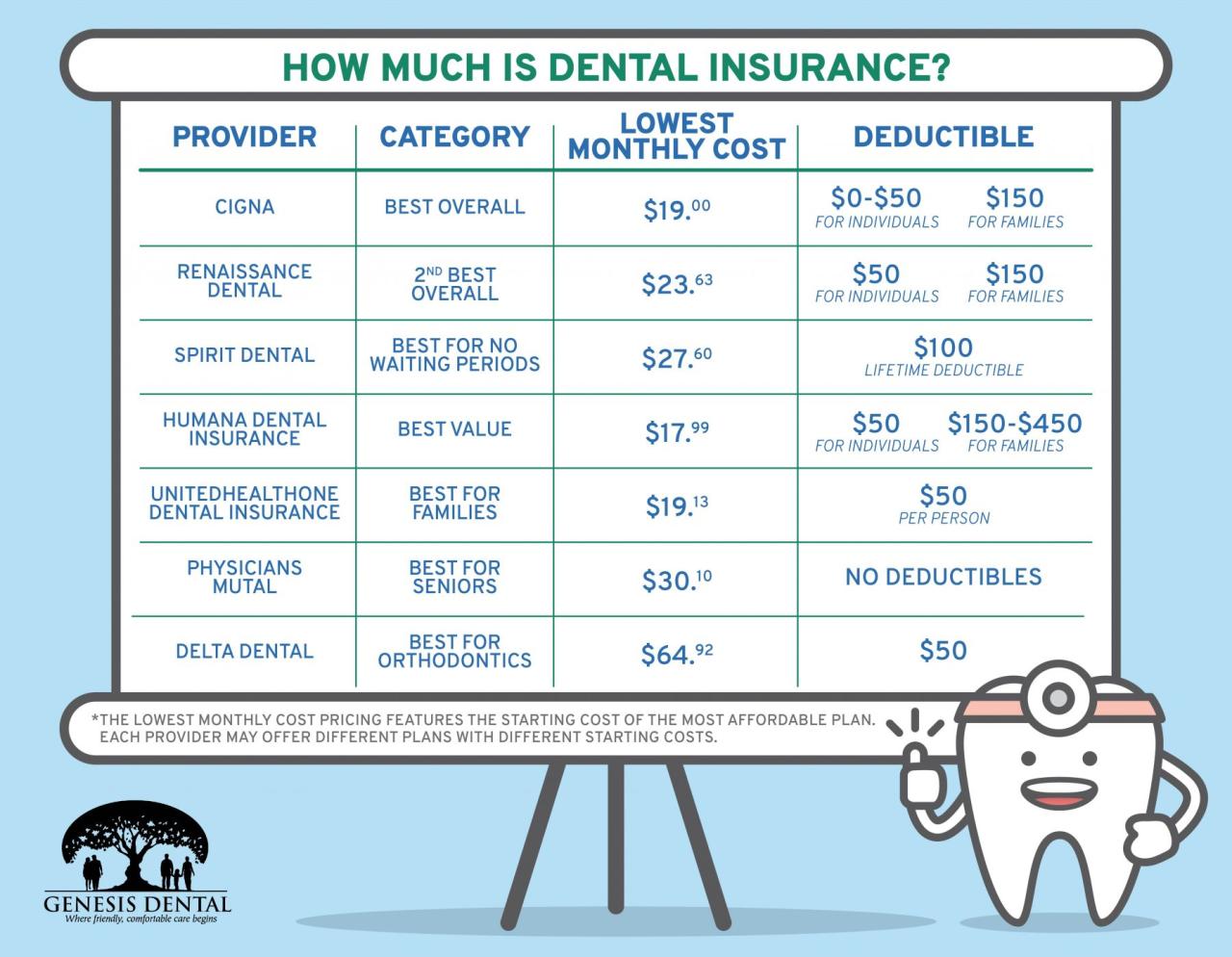Car insurance is a vital part of responsible car ownership. It provides financial protection in the event of an accident, theft, or other covered incidents. Understanding the different types of coverage, how premiums are calculated, and how to file a claim is crucial for every driver.
This guide will explore the basics of car insurance, from choosing the right coverage to navigating the claims process. We’ll also delve into practical tips for saving money on your premiums and ensuring you’re adequately protected on the road.
Car Insurance Basics
Car insurance is a vital financial safety net that protects you and your vehicle in the event of an accident or other unforeseen circumstances. It’s a legal requirement in most states, and it’s essential for responsible drivers. Understanding the different types of coverage and factors that influence premiums can help you make informed decisions about your car insurance.
Types of Car Insurance Coverage
Car insurance policies typically include various types of coverage to address different scenarios. Here’s a breakdown of common coverages:
- Liability Coverage:This is the most basic type of car insurance and is legally required in most states. It covers damages to other people’s property or injuries they sustain in an accident caused by you. Liability coverage typically includes bodily injury liability and property damage liability.
- Collision Coverage:This coverage pays for repairs or replacement of your vehicle if it’s damaged in a collision with another vehicle or an object. Collision coverage typically has a deductible, which is the amount you pay out of pocket before your insurance kicks in.
- Comprehensive Coverage:This coverage protects your vehicle from damages caused by non-collision events, such as theft, vandalism, fire, hail, or natural disasters. Like collision coverage, comprehensive coverage usually has a deductible.
- Uninsured/Underinsured Motorist Coverage:This coverage protects you if you’re involved in an accident with a driver who doesn’t have insurance or has insufficient coverage. It can cover your medical expenses, lost wages, and property damage.
- Personal Injury Protection (PIP):This coverage, also known as no-fault insurance, covers your medical expenses and lost wages after an accident, regardless of who was at fault. PIP is typically required in some states.
Factors Influencing Car Insurance Premiums
Several factors determine your car insurance premiums, including:
- Age:Younger drivers are generally considered higher risk, leading to higher premiums. As you gain experience and age, your premiums tend to decrease.
- Driving Record:A clean driving record with no accidents or violations will generally result in lower premiums. Traffic violations and accidents can significantly increase your rates.
- Vehicle Type:The type of car you drive influences your premiums. Expensive, high-performance vehicles are often associated with higher risk and therefore higher premiums.
- Location:Your location can affect premiums due to factors like traffic density, crime rates, and weather conditions.
- Credit Score:In some states, insurance companies use your credit score as a factor in determining your premiums. A good credit score can lead to lower premiums.
- Driving Habits:Factors like your annual mileage, driving history, and the purpose of your vehicle can influence your premiums.
How to Obtain a Car Insurance Quote
Getting a car insurance quote is a straightforward process:
- Gather Your Information:You’ll need basic information like your driver’s license number, vehicle information, and contact details.
- Contact Insurance Providers:You can contact insurance companies directly through their websites, phone, or email. You can also use online comparison tools to get quotes from multiple providers.
- Provide Information:You’ll need to provide details about your driving history, vehicle, and desired coverage.
- Review Quotes:Once you receive quotes from different providers, carefully compare them based on factors like price, coverage, and customer service.
- Choose a Policy:Select the policy that best suits your needs and budget. Make sure you understand the terms and conditions of your policy before purchasing.
Choosing the Right Coverage
Choosing the right car insurance coverage is crucial to ensure you have adequate protection in case of an accident. You should consider several factors when making your decision:
Understanding Your Needs and Risks
It’s important to assess your individual needs and risks when selecting coverage. Consider factors such as:
- Your Driving Habits:If you drive frequently, in high-traffic areas, or for long distances, you may need more comprehensive coverage.
- Your Vehicle’s Value:If you have a newer or more expensive vehicle, you’ll likely want to invest in collision and comprehensive coverage to protect your investment.
- Your Financial Situation:Consider your ability to pay for potential damages or injuries out of pocket. If you have limited funds, you may want to consider higher coverage limits.
Benefits and Drawbacks of Coverage Options
Each type of car insurance coverage has its benefits and drawbacks. It’s essential to weigh these factors before making your decision:
- Liability Coverage:It’s essential to have liability coverage to protect yourself financially if you cause an accident. However, it only covers damages to others, not your own vehicle.
- Collision Coverage:This coverage is beneficial if you have a newer or more expensive vehicle, as it can help pay for repairs or replacement in case of an accident. However, it has a deductible, so you’ll need to pay out of pocket for a portion of the costs.
- Comprehensive Coverage:This coverage is valuable if you live in an area prone to natural disasters or theft. However, it’s optional and may not be necessary if you have an older vehicle.
- Uninsured/Underinsured Motorist Coverage:This coverage is essential, especially if you live in an area with a high number of uninsured drivers. It can protect you from significant financial losses if you’re involved in an accident with an uninsured driver.
- Personal Injury Protection (PIP):PIP coverage can be beneficial, as it covers your medical expenses and lost wages regardless of fault. However, it’s not always required in all states.
Filing a Claim
Filing a car insurance claim can be a stressful experience, but understanding the process can help you navigate it more smoothly.
Process of Filing a Claim, Car insurance
After an accident, follow these steps to file a claim:
- Contact Your Insurance Company:Report the accident to your insurance company as soon as possible. Provide them with details about the accident, including the date, time, location, and any injuries or damages.
- File a Police Report:If the accident involves injuries or significant property damage, file a police report. This will document the incident and provide evidence for your claim.
- Gather Evidence:Collect any evidence that supports your claim, such as photos of the damage, witness statements, and medical records.
- Submit Your Claim:Complete the necessary paperwork and submit it to your insurance company, along with any supporting documentation.
- Cooperate with the Insurance Adjuster:Your insurance company will assign an adjuster to investigate your claim. Cooperate with the adjuster by providing any requested information or documentation.
Role of the Insurance Adjuster
The insurance adjuster is responsible for investigating your claim, assessing the damages, and determining the amount of compensation you’re entitled to. They will review your claim, inspect the damaged vehicle, and gather information from all parties involved.
Tips for Maximizing Your Chances of a Successful Claim Settlement
To increase your chances of a successful claim settlement, follow these tips:
- Document Everything:Keep detailed records of the accident, including the date, time, location, names and contact information of all parties involved, and any injuries or damages.
- Be Honest and Accurate:Provide truthful and accurate information to your insurance company. Any discrepancies or inconsistencies can jeopardize your claim.
- Get Everything in Writing:Obtain written documentation for all communication with your insurance company, including claim status updates, settlement offers, and any denials.
- Consult with an Attorney:If you’re having trouble with your insurance company or believe your claim is being unfairly handled, consult with a qualified attorney specializing in insurance law.
Understanding Your Policy: Car Insurance
It’s crucial to understand the terms and conditions of your car insurance policy to ensure you’re adequately protected.
Key Terms and Definitions
Car insurance policies use specific terms and definitions that you should be familiar with. Here are some common examples:
- Deductible:The amount you pay out of pocket for covered repairs or damages before your insurance coverage kicks in.
- Premium:The regular payment you make to your insurance company for coverage.
- Coverage Limits:The maximum amount your insurance company will pay for covered losses.
- Exclusions:Situations or events that are not covered by your policy.
- Limitations:Restrictions on the amount or type of coverage provided.
Importance of Reading Your Policy
Reading and understanding your car insurance policy is essential. It Artikels your coverage, limitations, and exclusions. It’s important to be aware of what’s covered and what’s not to avoid any surprises.
Common Policy Exclusions and Limitations

Car insurance policies typically exclude certain situations or events. Common exclusions include:
- Intentional Acts:Damage caused by intentional acts, such as vandalism or arson, may not be covered.
- Driving Under the Influence:Accidents caused by driving under the influence of alcohol or drugs may not be covered.
- Unlicensed or Uninsured Drivers:Accidents involving unlicensed or uninsured drivers may not be covered.
- Wear and Tear:Damage caused by normal wear and tear on your vehicle is typically not covered.
Car Insurance Tips
Following these tips can help you save money on your car insurance premiums and maintain a good driving record.
Saving Money on Car Insurance Premiums
Here are some strategies to reduce your car insurance costs:
- Shop Around:Get quotes from multiple insurance providers to compare prices and coverage options.
- Increase Your Deductible:A higher deductible means you pay more out of pocket in case of an accident, but it can lower your premiums.
- Bundle Your Policies:Combining your car insurance with other insurance policies, such as homeowners or renters insurance, can often result in discounts.
- Maintain a Good Driving Record:Avoid traffic violations and accidents to keep your premiums low.
- Take Defensive Driving Courses:Completing a defensive driving course can demonstrate your commitment to safe driving and may earn you discounts.
- Consider a Telematics Device:Some insurance companies offer discounts for using telematics devices that track your driving habits and reward safe driving.
Maintaining a Good Driving Record
Here are some tips for maintaining a clean driving record:
- Obey Traffic Laws:Always follow the rules of the road, including speed limits, traffic signals, and lane markings.
- Be Aware of Your Surroundings:Pay attention to your surroundings, including other vehicles, pedestrians, and cyclists.
- Avoid Distracted Driving:Put away your phone and avoid other distractions while driving.
- Get Enough Rest:Avoid driving when tired or drowsy.
- Maintain Your Vehicle:Regularly check your vehicle’s tires, brakes, lights, and fluids to ensure it’s in good working order.
Avoiding Car Insurance Scams
Be aware of common car insurance scams to protect yourself from fraud:
- Fake Accident Claims:Be cautious of staged accidents or claims involving fabricated injuries.
- Phishing Scams:Don’t click on suspicious links or provide personal information over the phone or email unless you’re certain the source is legitimate.
- Unlicensed or Unregistered Agents:Only deal with licensed and registered insurance agents or brokers.
Final Conclusion

In the end, car insurance is more than just a legal requirement; it’s a safety net that can provide peace of mind and financial stability in unexpected situations. By understanding your policy, comparing options, and staying informed, you can make informed decisions that protect yourself and your loved ones.













